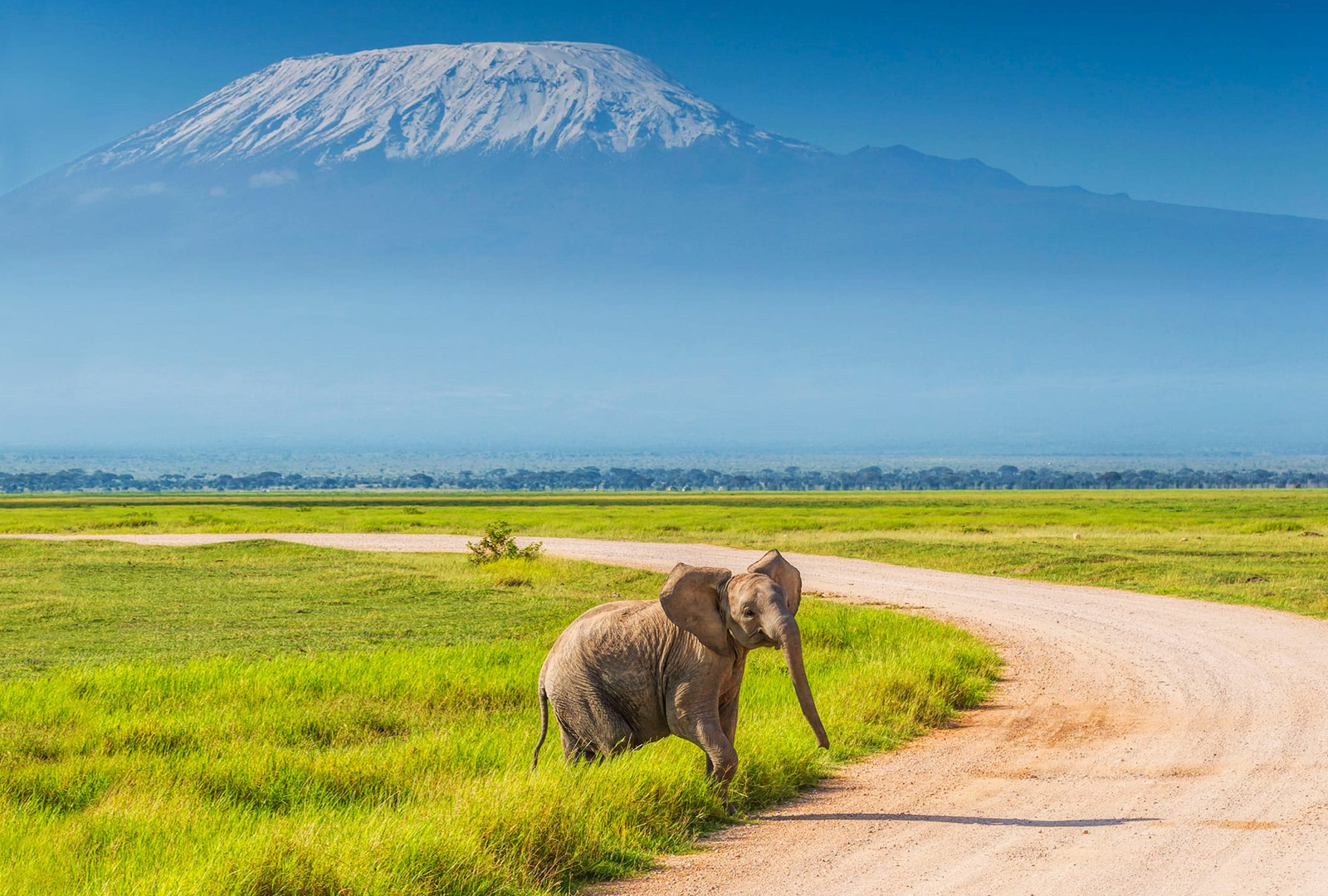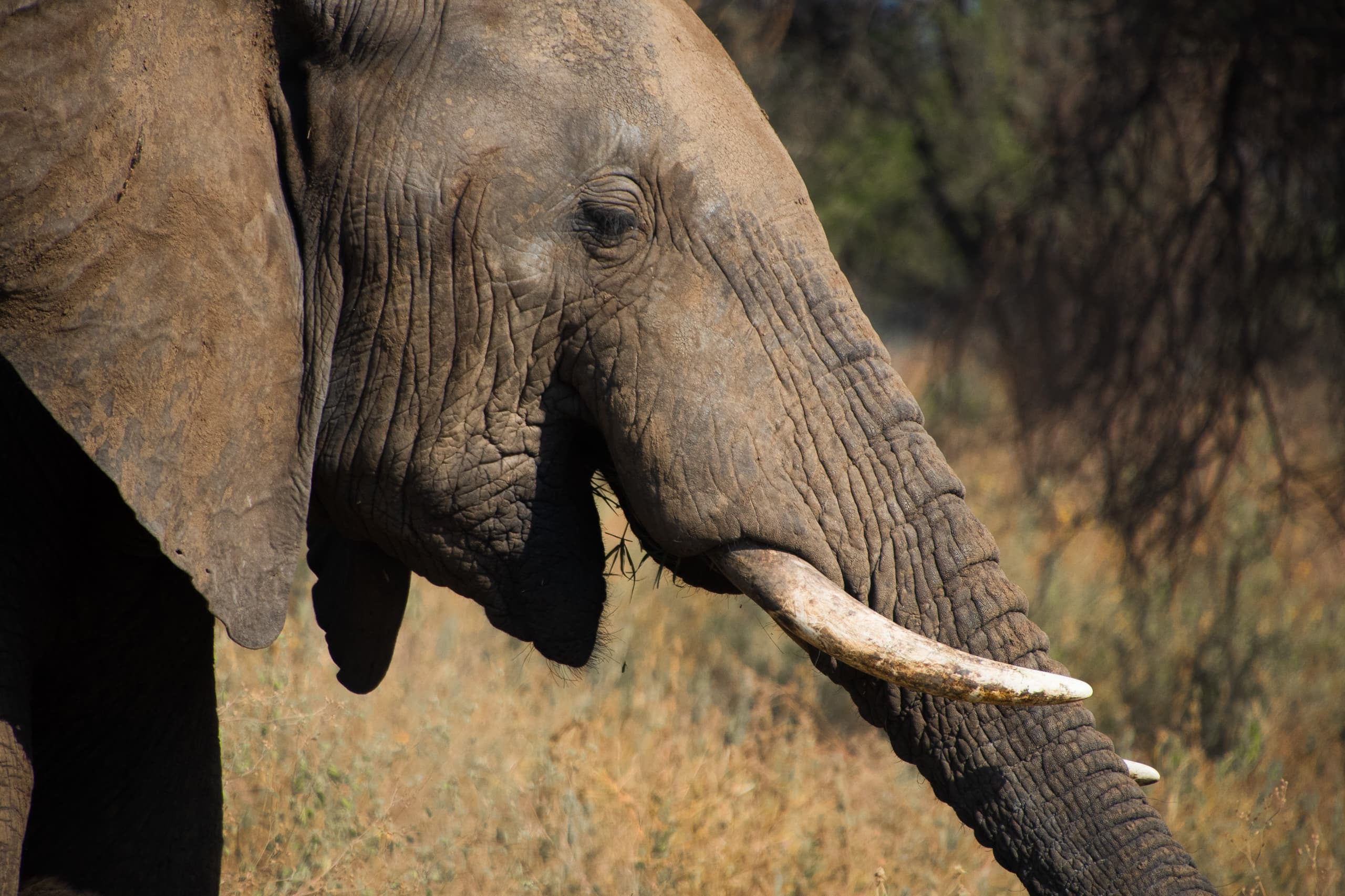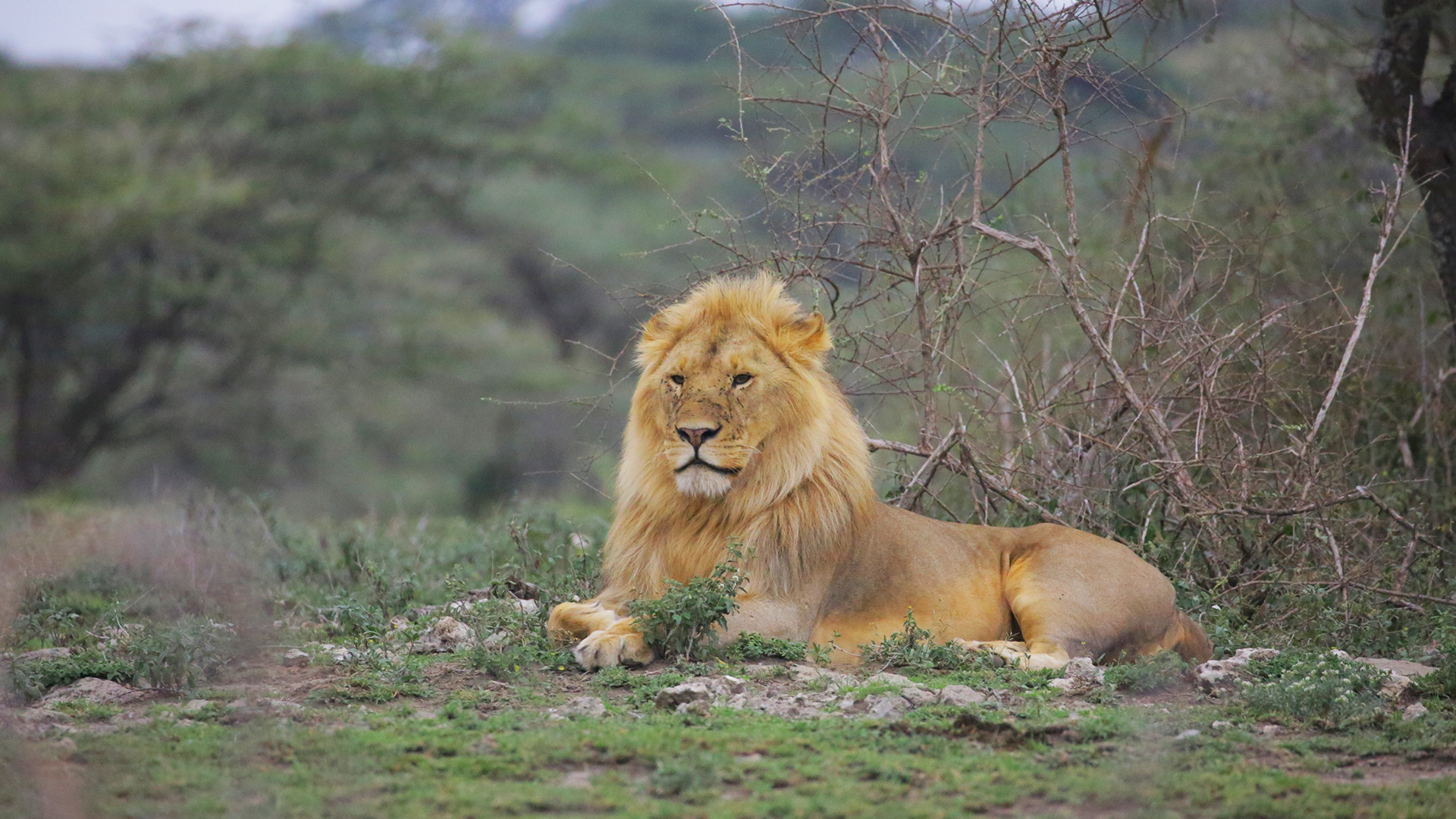How Climate Change is Affecting Migration Patterns: A Call to Explore Tanzania’s Wonders with Guides of Africa
Introduction: A Tapestry of Life in the Serengeti
Imagine standing on the sprawling plains of the Serengeti, the golden grass stretching as far as your eyes can see, the scent of wild sage in the air, and the distant sound of thundering hooves vibrating through the ground beneath your feet. Here, amidst this breathtaking landscape, nature unfolds its grandest spectacle: the Great Migration. This remarkable phenomenon, where millions of wildebeest, zebras, and gazelles traverse the land in search of food and water, is a testament to the resilience of life. However, as climate change increasingly influences our planet, this delicate balance is under threat.
At Guides of Africa, we believe that understanding these changes not only deepens our appreciation for Tanzania’s wild heart but also inspires us to protect it. Join us on a journey that reveals the intricate relationship between climate change and animal migration patterns, as we invite you to experience the wonders of Tanzania firsthand.
The Great Migration: A Natural Marvel
The Great Migration is often described as one of the most astounding wildlife spectacles on Earth. Every year, over 1.5 million wildebeest, accompanied by hundreds of thousands of zebras and gazelles, embark on an arduous journey across the Serengeti to the Maasai Mara in Kenya. This migration is driven by the cyclical patterns of rainfall and the search for lush pastures. The animals rely on their instinct, honed over centuries, to navigate this journey, following the ancient trails that lead them to survival.
Yet, the rhythm of this monumental journey is increasingly disrupted by climate change. As the climate warms, the patterns of rainfall have become erratic, transforming the landscapes that these animals depend on for sustenance. The very cycle that has sustained them for generations is shifting, and the consequences are profound.
Climate Change: The Shifting Sands
Changing Rainfall Patterns
In Tanzania, climate change has led to unpredictable rainfall patterns. Some regions experience heavier downpours, while others suffer from prolonged drought. This inconsistency not only affects the vegetation that grazers depend on but also alters the water sources crucial for their survival.
The wildebeest, for instance, have a natural instinct to migrate in search of greener pastures, but with changing rainfall patterns, these pastures may not always be where they used to be. This can lead to disorientation and potentially result in the herds missing out on key resources, impacting their breeding and survival rates.
Temperature Rise
As temperatures rise, the habitats of many species are being altered. Wildlife in Tanzania must adapt to changing temperatures, which can be particularly challenging for species that are sensitive to heat. For example, the increased heat can lead to more significant competition for resources, as animals are forced to congregate in smaller, cooler areas. As a result, the dynamics of predator-prey relationships are also shifting, with predators finding it harder to hunt and prey species struggling to find adequate shelter and food.
Disruption of Migration Routes
Another significant impact of climate change is the potential disruption of established migration routes. As landscapes change, animals may be forced to alter their paths, sometimes leading to dangerous encounters with human settlements or agricultural lands. This not only threatens the wildlife but also poses challenges for local communities, generating conflicts that can endanger both people and animals alike.
The Ripple Effect: Ecosystem Health and Human Communities
The effects of climate change extend beyond the animals themselves; they ripple through the entire ecosystem and into the human communities that coexist with these majestic creatures.
Biodiversity Loss
With changing migration patterns, biodiversity is at risk. As certain species struggle to adapt, others may thrive, leading to imbalances within the ecosystem. This can have long-term consequences for the health of the savannah, forests, and wetlands that form the backbone of Tanzania’s natural heritage.
Economic Implications
Tanzania relies heavily on its natural wonders for tourism, a critical component of its economy. As wildlife migration patterns change, the very attractions that draw thousands of visitors each year may be affected. This has implications not only for the conservation of wildlife but also for the livelihoods of local communities who depend on the tourism industry.
Embracing Change: The Role of Conservation
While climate change poses significant challenges, it also opens doors for innovation and improved conservation efforts. Organizations and tour operators, like Guides of Africa, are dedicated to adapting to these changes and promoting sustainable practices that benefit both wildlife and local people.
Eco-Tourism: A Sustainable Path Forward
At Guides of Africa, we recognize the importance of eco-tourism in combating the impacts of climate change. Our tours are designed not only to provide unforgettable experiences but also to promote conservation and local community welfare. By choosing to explore Tanzania with us, you are contributing to initiatives that protect the environment and support the very communities that coexist with the wildlife.
Engaging with Local Communities
We believe in empowering local communities to be stewards of their natural heritage. Our tours incorporate opportunities for visitors to engage with local Tanzanian communities, learning about their traditions and the intricate relationships they have with the land and wildlife. By fostering awareness and respect, we can work toward a future where both people and wildlife thrive.
A Call to Adventure: Discover Tanzania’s Wild Heart
As the climate continues to change, our commitment to preserving Tanzania’s breathtaking landscapes and wildlife becomes even more vital. Participating in responsible tourism allows you to be part of the solution.
The Magic Awaits
When you book your tour with Guides of Africa, you are not just signing up for a safari; you are embarking on a journey that connects you to the heart of Tanzania. Picture yourself witnessing the Great Migration up close, or marveling at the sheer majesty of Mount Kilimanjaro under the starlit African sky. Our knowledgeable guides will immerse you in the stories of the land, helping you understand the delicate balance of life in this extraordinary ecosystem.
Book Your Adventure Today
Join us in celebrating the beauty of Tanzania while promoting sustainable practices that protect the wildlife and landscapes we cherish. By traveling responsibly with Guides of Africa, you can contribute to a brighter future for Tanzania.
To plan your unforgettable safari experience, contact us at info@guidesofafrica.com. Let us help you create memories that will last a lifetime, all while making a positive impact on the world around you.
Conclusion: A Journey Worth Taking
The effects of climate change on wildlife migration patterns are profound and far-reaching. Yet, in the face of these challenges, we have the power to make a difference. By choosing to explore Tanzania’s wild heart with Guides of Africa, you are not just a traveler; you are an advocate for conservation, a supporter of local communities, and a witness to the extraordinary resilience of nature.
Together, let’s embrace the adventure, celebrate the beauty, and work towards a sustainable future for Tanzania’s wildlife and the stunning landscapes they call home. The wild awaits—are you ready to answer the call?
Explore the beauty of Tanzania and be part of the change. Contact info@guidesofafrica.com to book your transformative safari experience today!












